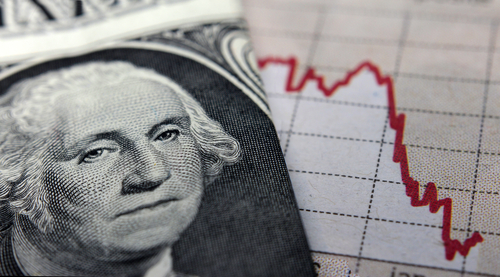
Economics & Growth | Monetary Policy & Inflation | US

Economics & Growth | Monetary Policy & Inflation | US
This article is only available to Macro Hive subscribers. Sign-up to receive world-class macro analysis with a daily curated newsletter, podcast, original content from award-winning researchers, cross market strategy, equity insights, trade ideas, crypto flow frameworks, academic paper summaries, explanation and analysis of market-moving events, community investor chat room, and more.
The yield on the 10y has been coming down since peaking at around 3.1% on 6 May – its currently around 2.8%, down 13pp over the past seven days. Short-term yields are also declining, though at a slower rate than that of the 10y – they are currently around 2.6%, down 6pp over the past seven days. That shorter-term yields are declining slower than longer-term yields has caused a decrease in the slope of the 2s10s curve, which mechanically increases the probability of a recession.
Our recession model that uses the 2s10s curve as input is once again assigning a 50% chance of recession within the next twelve months – up 8pp from last week (Chart 1). Notably, the recession probability has been above 35% from March onward. Meanwhile, the Fed’s recession model, which uses the 3m10y part of the yield curve, gives just a 3% probability of recession (Chart 2).
We introduced two models for predicting US recessions using the slope of the yield curve. When long-term yields start to fall towards or below short-term yields, the curve flattens or inverts. This has often predicted a recession in subsequent months. One model from the Fed is based on the 3m10y curve and the second is our modified version based on the 2y10y curve. The two-year would better capture expectations for Fed hikes in coming years. It is therefore more forward-looking. So, our preferred yield curve is the 2y10y curve (10-year yields minus two-year yields).


Spring sale - Prime Membership only £3 for 3 months! Get trade ideas and macro insights now
Your subscription has been successfully canceled.
Discount Applied - Your subscription has now updated with Coupon and from next payment Discount will be applied.